Candy Science Debunks “Tongue Map” and Other Flavor Myths Surrounding New Christmas Candies
El Segundo, CA (PRWEB) December 01, 2014 -- It's often said the different parts of the tongue distinguish certain flavors. Well, that isn’t actually true. It may be hard to swallow, but those diagrams from high school Health textbook were perpetuating a common misconception known as the Tongue Map.
Based on the initial misinterpretation of a 1901 German paper, Zur Psychophysik des Geschmackssinnes, this idea was taught for decades in public schools across the United States without ever being questioned, convincing generations of children that one area of their tongue specialized in sweetness, another in saltiness, and so on.
However, certain areas of the tongue may be more sensitive to certain tastes, but none of them are dedicated to any one in particular. One can perceive any of the five basic tastes across the whole tongue.
CandyWarehouse.com set out to cover some of the most surprising facts the HS Health teacher might have missed. In the spirit of Christmas, they’ve included some of their quirky candy canes to illustrate the science behind those flavors tongues just can’t get enough of.
The five basic flavors include sweet, sour, bitter, salty, and umami. “Umami” is a Japanese word for a hard-to-describe savory taste, abundant in cured meats like bacon.
In addition to the five traditional senses, humans have at least four more, including balance and acceleration; pain; kinesthetic sense; and temperature. That last one helps the brain decide that a soda flavored candy cane is not a cold can of soda, even though it tastes like one.
Chemesthesis occurs when receptors associated with senses other than taste are activated by certain chemicals in the food. This is why wasabi tastes hot, even though it doesn’t feel hot.
Trigeminal nerves tell the brain all about the texture of food. These bubblegum candy canes will register as soft and chewy, thanks to those nerves.
The tongue isn’t the only place with taste buds. They are also on the roof and sides of the mouth, and in an area at the back of the throat, called the epiglottis. That means there’s no escape from the extreme sour flavor of a Warheads candy cane.
Salty and sweet are the first flavors to fade as one ages. So anyone who wants to enjoy things like gravy flavored candy canes will have to get their tongue in gear.
The bumps on a pickle look a little like taste buds, but what they really look like is lingual papillae—the tiny bumps on the tongue that people often confuse for taste buds. The buds themselves are microscopic, and buried deep within each papilla.
The nose plays a huge part in tasting, but technically speaking, the olfactory epithelium does most of the work. It’s a 3-centimeter strip of tissue way up inside the nasal cavity, responsible for distinguishing Crayola crayons from Crayola candy canes.
Sweetness can be detected in extremely small amounts—as low as 10 millimoles of sucrose per liter. That is to say, most people could detect the sweetness of a single grain of Pixy dust if it was thoroughly diluted in a liter of water.
Catfish have taste organs all over the exteriors of their bodies, allowing them to taste chemicals in the water they swim in, along with anything they touch. The only problem is, they have no control over what they taste.
Pick among these tongue-teasing candy cane flavors and more at CandyWarehouse.com.
Evans Boney, Candywarehouse.com Inc., http://www.candywarehouse.com/?utm_source=PR&utm_medium=NewsRelease, +1 (310) 343-4099 Ext: 119, [email protected]
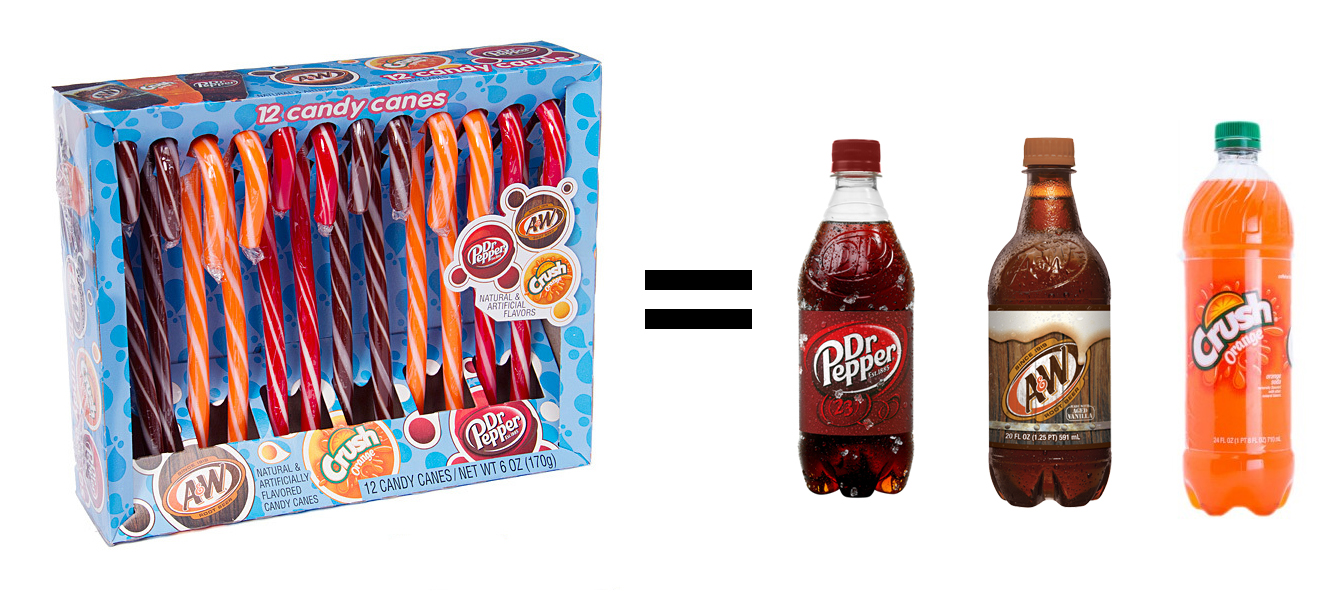
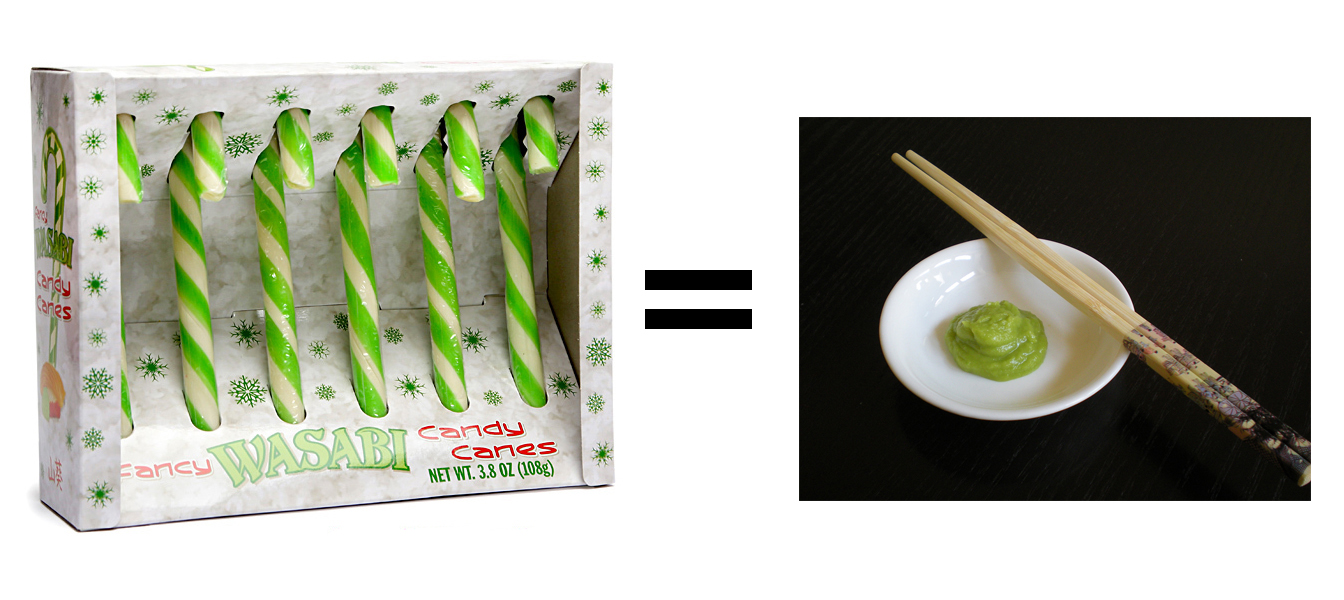
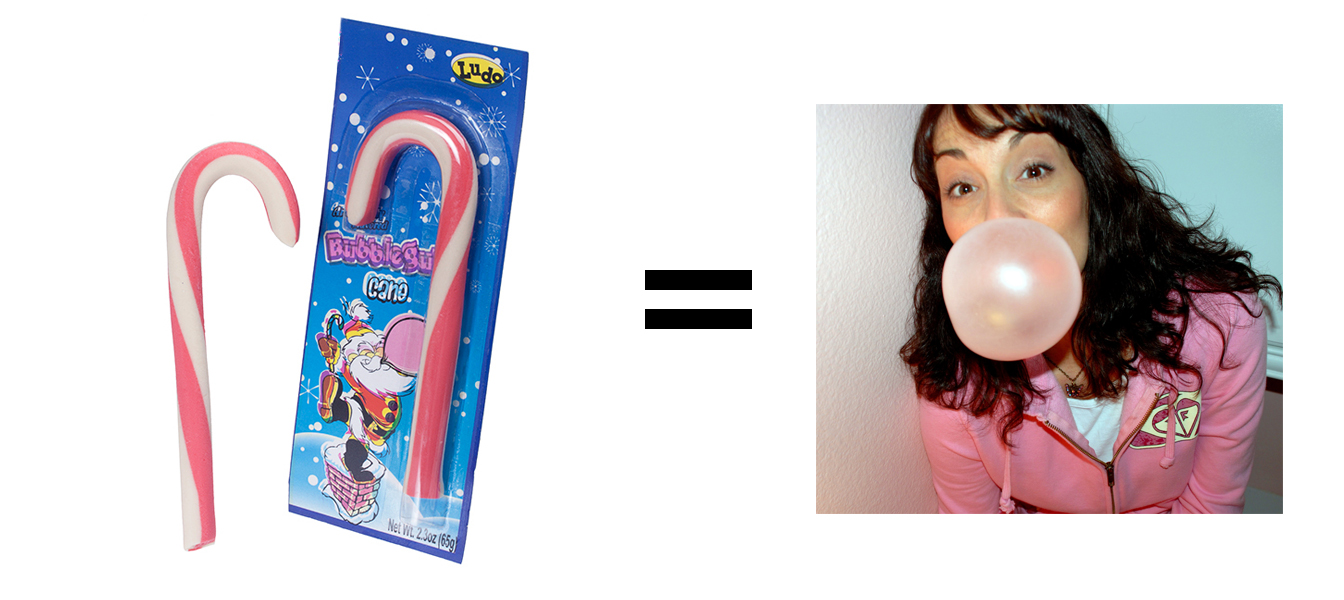
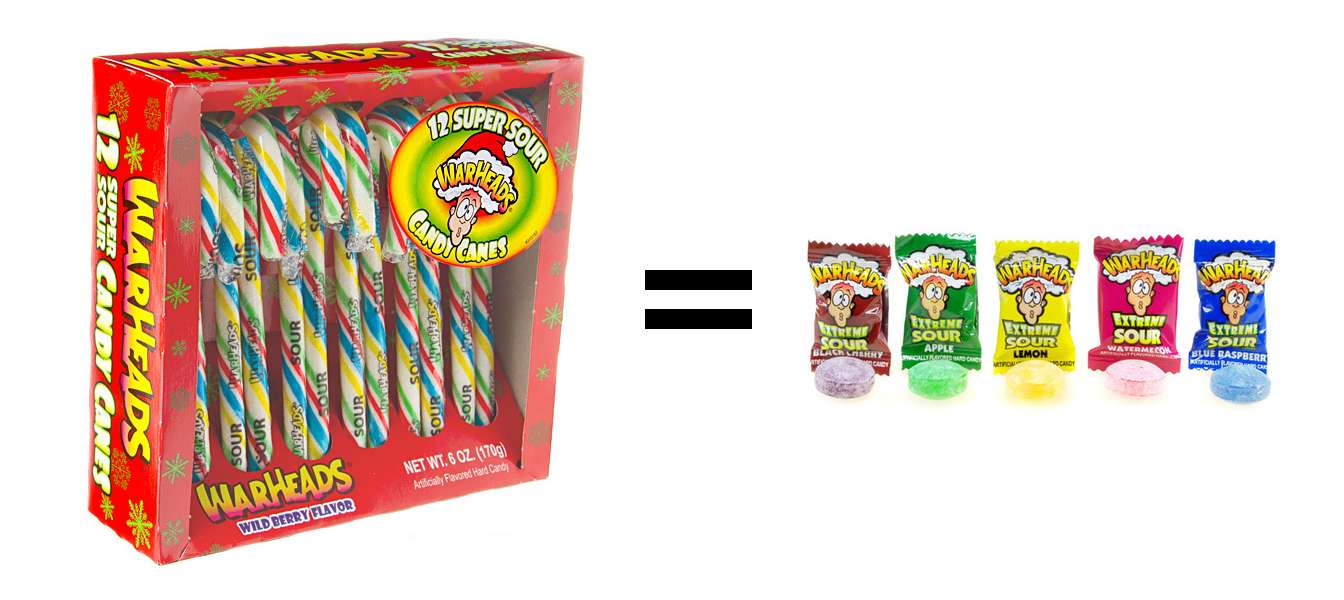
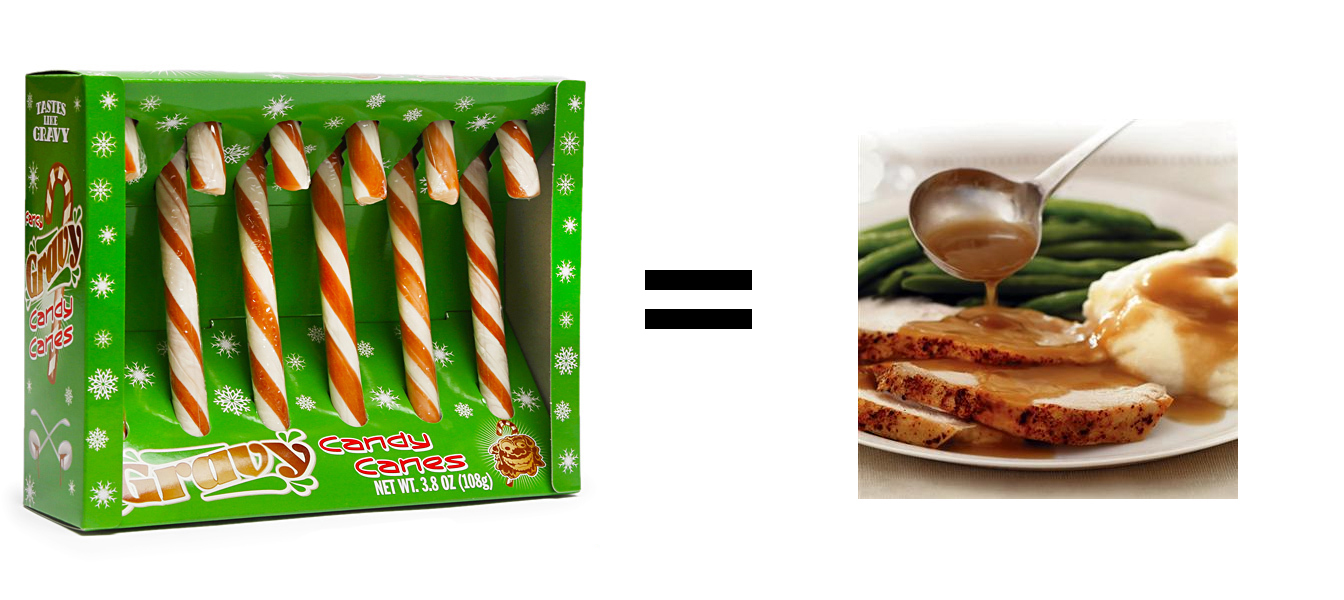
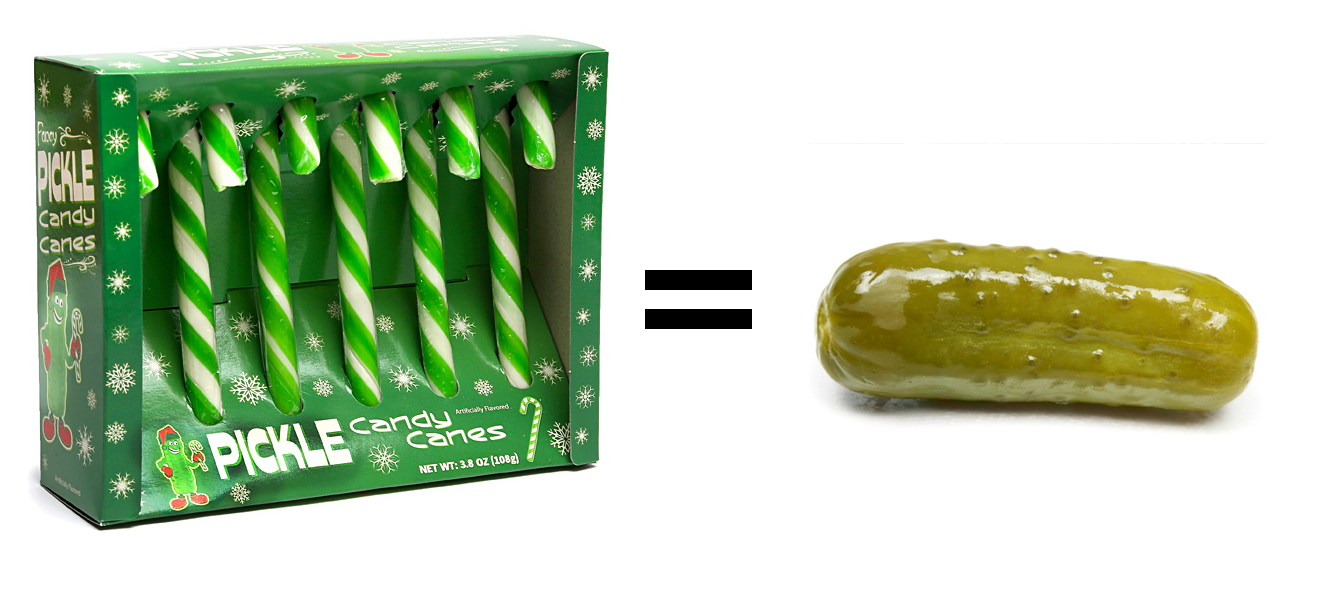


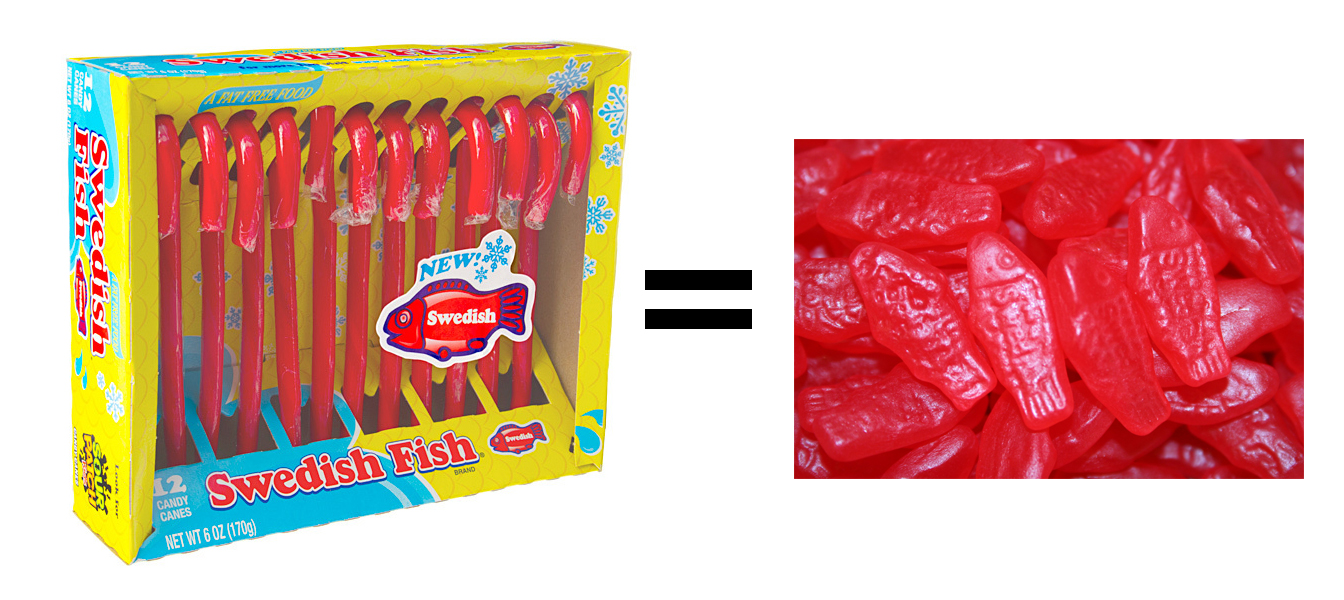
Share this article